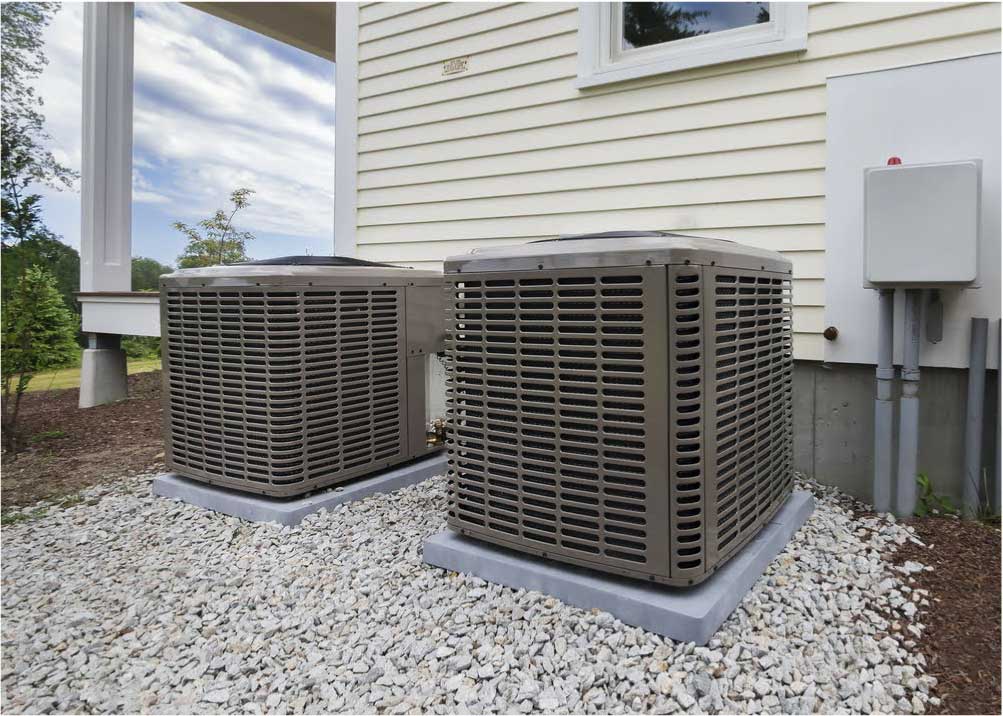Maintaining a clean and comfortable living space is mostly dependent on keeping floors clean. Two common tools for floor cleaning are the floor squeegee and the mop. Both have their unique advantages and are suited for different types of cleaning tasks. Understanding the strengths and weaknesses of each can help you determine which is more effective for your needs.
The Basics of Floor Cleaning Tools
Before diving into a detailed comparison, it’s important to understand what each tool is designed to do.
- Floor Squeegee: A floor squeegee typically consists of a long handle attached to a flat, flexible rubber or foam blade. It is designed to push water and other liquids off surfaces quickly and efficiently, leaving the floor dry.
- Mop: A mop usually has a handle with an absorbent head made from materials like cotton, microfiber, or sponge. Mops are designed to soak up liquids and dirt, making them ideal for cleaning up spills and scrubbing floors.
Advantages of Floor Squeegees
Efficient Water Removal
Floor squeegees excel at removing water and other liquids from hard surfaces. They are particularly effective in areas where water tends to accumulate, such as bathrooms, kitchens, and garages. The rubber or foam blade glides smoothly across the surface, pushing the water towards a drain or out of the area, leaving the floor almost dry.
Quick Drying Time
Since a floor squeegee removes most of the water from the floor, it significantly reduces the drying time. This is especially beneficial in commercial settings, where floors need to be dry quickly to prevent slips and falls. In residential settings, this quick drying time can help prevent water damage and the growth of mold and mildew.
Ideal for Large, Smooth Surfaces
Floor squeegees are particularly effective on large, smooth surfaces such as tiled or concrete floors. They can cover a wide area in a single pass, making the cleaning process faster and more efficient. This makes them a popular choice for cleaning large commercial spaces, such as warehouses and factories.
Advantages of Mops
Versatile Cleaning
Mops are highly versatile and can be used on a variety of floor types, including tile, wood, laminate, and vinyl. The absorbent head can pick up dirt, dust, and spills, making mops suitable for both wet and dry cleaning tasks. This versatility makes mops a staple in most households.
Scrubbing Capability
Unlike floor squeegees, mops can scrub and clean surfaces effectively. The absorbent head can be used with cleaning solutions to remove stubborn dirt, stains, and grime. This makes mops ideal for thorough cleaning tasks that require more than just water removal.
Reach and Flexibility
Mops, especially those with swivel heads, can easily reach into corners, under furniture, and around obstacles. This flexibility allows for more comprehensive cleaning, ensuring that no area is left untouched. Mops with extendable handles can also help clean high or hard-to-reach areas.
Comparing Floor Squeegees and Mops
Ease of Use
Floor squeegees are generally easier to use when it comes to removing large amounts of water quickly. Their design allows for effortless pushing of water towards a drain or out of the area. Mops, while effective, require more effort to wring out the water and may take longer to clean large areas.
Cleaning Efficiency
When it comes to cleaning efficiency, mops have an edge over floor squeegees. Mops can scrub and absorb dirt and grime, making them more effective for deep cleaning tasks. Floor squeegees are limited to pushing water and do not have the same cleaning power as mops.
Maintenance
Both tools require some level of maintenance to keep them effective. Floor squeegees need to be kept clean and free of debris to maintain their water-removal efficiency. Mops require regular washing and drying to prevent the buildup of bacteria and odors. Some mop heads are machine washable, making maintenance easier.
Choosing the Right Tool for the Job
Specific Cleaning Needs
The choice between a floor squeegee and a mop largely depends on your specific cleaning needs. If you need to remove large amounts of water quickly, such as after a spill or flooding, a floor squeegee is the better option. For routine cleaning and scrubbing, a mop is more versatile and effective.
Floor Type
Consider the type of flooring you have. Floor squeegees work best on smooth, hard surfaces like tile and concrete. Mops can be used on a wider range of surfaces, including wood and laminate, but they require more effort to clean effectively.
Frequency of Use
If you need to clean large areas frequently, such as in a commercial setting, a floor squeegee can save time and effort. For regular household cleaning, a mop is usually sufficient and provides the added benefit of scrubbing power.
Combining Both Tools
For optimal cleaning results, consider using both a floor squeegee and a mop. Use the floor squeegee to remove excess water and follow up with a mop to scrub and clean the surface. This combination can ensure that your floors are both dry and clean, providing a safe and hygienic environment.
Conclusion
Both floor squeegees and mops have their unique advantages and are suited for different cleaning tasks. Floor squeegees are excellent for quickly removing water from large, smooth surfaces, while mops offer versatility and scrubbing power for thorough cleaning. By understanding the strengths and limitations of each tool, you can choose the right one for your specific needs or even combine them for optimal floor care. Whether you’re dealing with everyday spills or deep cleaning your home, having the right tools on hand can make all the difference in maintaining clean and safe floors.








